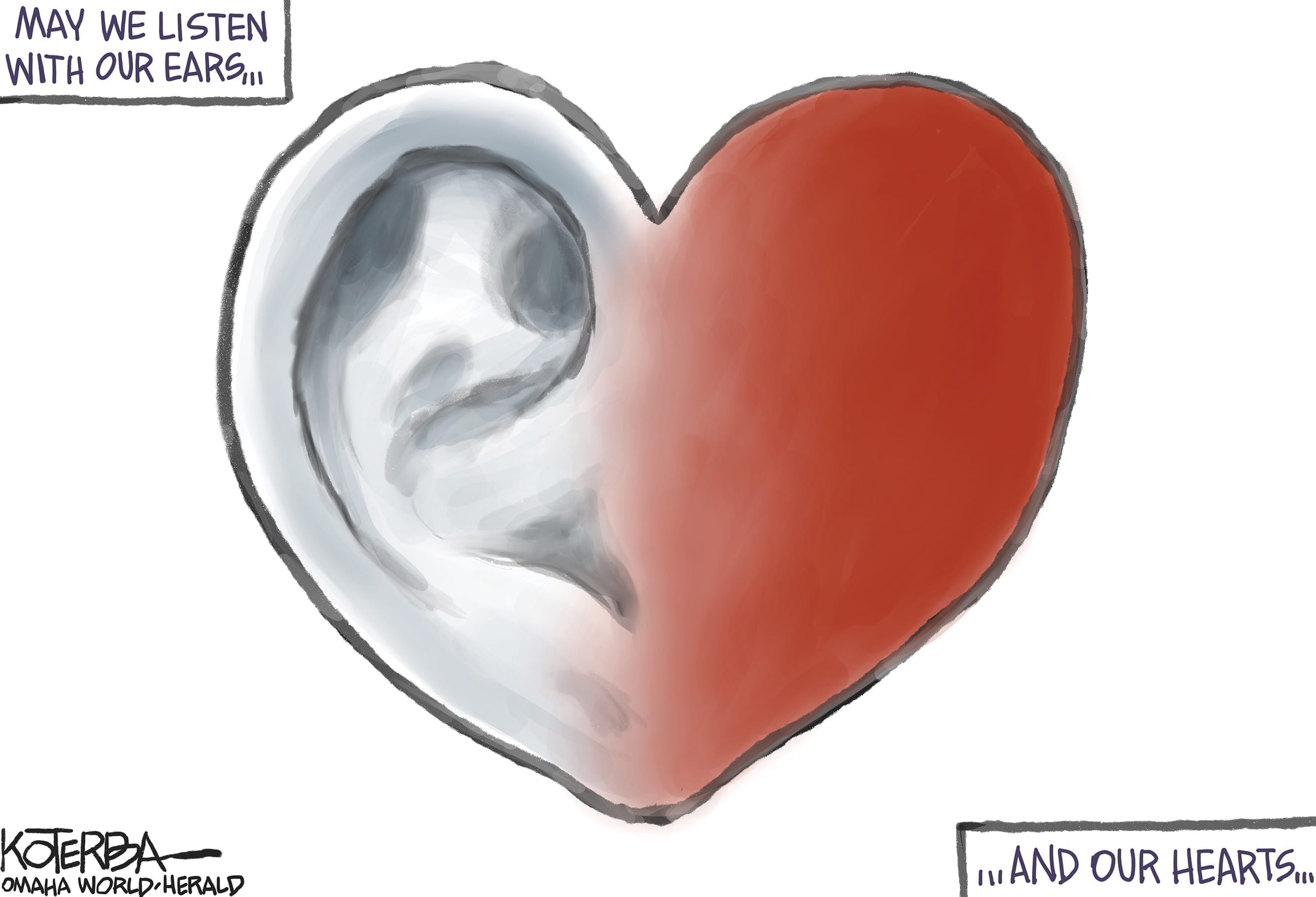


But although this diagnostic technology has become very popular in the fitness industry, there were limits to its accuracy that we have only recently overcome.įitness trackers enable the measurement of heart rate and other vitals that can help users set exercise routines. Portable, noninvasive measurement techniques permit fast and simple measurements that can be performed while we go about our daily lives.

And they are more than willing to answer all your questions along the way.Optical Heart Rate Measurement at the EarbudĪdvancements in sensor technology have transformed how and where people diagnose their vitals and health.

By helping schedule appointments, coordinating visits, and communicating your test results, they make your treatment journey easier by walking you through it step by step. Duke also offers facial reanimation surgery for people who experience facial paralysis.Ī patient navigator helps guide you through your skull base tumor care. They can help treat the symptoms caused by your tumor. Our team includes a range of providers who subspecialize in speech therapy and audiology, physical and occupational therapy, and balance problems. We consider your goals and preferences to create a treatment plan that’s right for you. You are the most important member of your care team. Our team is diverse, so you benefit from the know-how of specialists in otology and neurotology, otolaryngology, neurosurgery, radiation oncology, and more. Because glomus tumors can grow near important facial structures, treating them requires the skill, expertise, and coordinated care that can only be found at an experienced and comprehensive skull base center like Duke’s.ĭiverse Care Team Offers Tailored Treatment While glomus tumors are rare, our experts regularly treat patients with these and other skull base tumors. This option may not be appropriate for everyone.Įxperienced Doctors, Dedicated Skull Base Center With this approach, your surgeons leave the facial nerve in place and navigate around it, thereby reducing the risk of facial nerve weakness. To further minimize the risk of damaging the facial nerve, Duke surgeons use a special technique called the “fallopian bridge” or facial nerve bridge technique. Permanent facial paralysis is also a risk. As a result, you may experience temporary facial paralysis after surgery, and you may need a temporary tracheostomy and feeding tube due to some nerves being weak after surgery. This complex operation requires surgeons to reroute a facial nerve to access and remove the tumor. Then, through the catheter, your surgeon uses tiny tools to block key blood vessels that feed the tumor. The catheter is threaded to the tumor site. During this minimally invasive procedure, a surgeon makes a small incision and inserts a thin catheter into a major artery (usually in the groin). If your tumor is large, you may need an endovascular procedure a few days before surgery to embolize - cut off the blood supply to - the tumor.


 0 kommentar(er)
0 kommentar(er)
